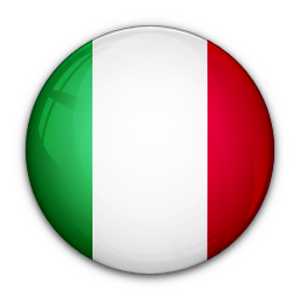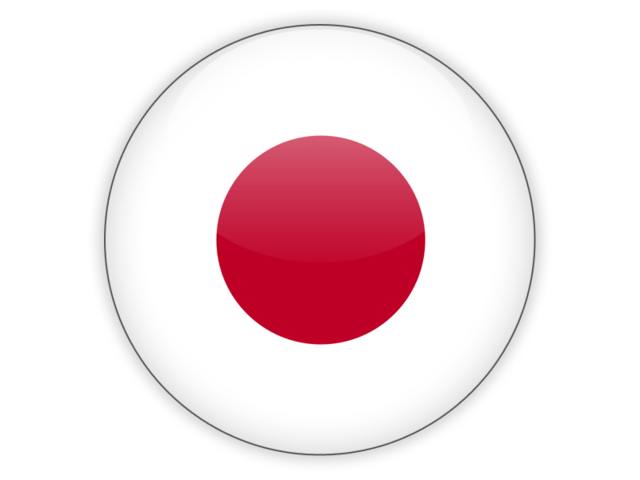Korean Garden in Tashkent
Seoul Park in Tashkent opened on Uzbekistan's Independence Day, September 1, 2014, as a gift from South Korea to strengthen bilateral relations. The meticulous construction of the park, covering an area of 17.5 hectares, took two years. It is located within Friendship Park (formerly Babur Park), one of the oldest and most verdant in the capital. In recent years, Independence Day celebrations have been held here, adding symbolic significance to the location.
The Korean Garden in Tashkent includes a monument, a bas-relief, expressing Koreans' gratitude to the Uzbek people for offering them a second home during political repression.
Visitors can immerse themselves in the park's natural beauty and the 2,000-year-old Korean culture. The garden is based on two core elements: stone, representing the earth, and water, symbolizing its lifeblood, influenced by animism.
At the entrance, traditional Korean wooden gates stand with two doors and a central arch. Passing under the arch is believed to bring happiness and longevity.
Further in, a large pavilion in symmetrical Korean style overlooks a serene pond, offering a tranquil spot to meditate, watch the fish, or engage in pleasant conversation. Artists find inspiration here, capturing the surrounding beauty on canvas.
Fountains are absent in Korean gardens due to spiritual beliefs; water in nature flows downward, and thus, human creations should reflect this harmonious law. The garden's design focuses on integrating elements with the natural landscape, achieving a balance between abundance and emptiness. The water's greenish hue fits the park's natural theme. In Korea, such parks are called "Garden of the Soul," visited for meditation and energy alignment based on geomantic principles.
However, after the 2021 reconstruction, the park added zones for more active recreation to align with Uzbek mentality:
• Library
• Summer cinema
• Two mini-football stadiums
• Walking, jogging, and cycling paths
At the park's centre stands a pavilion adorned with vibrant plant motifs and red columns, housing the "Bell of Peace," symbolizing friendship among nations. The pavilion includes a bowl-shaped alcove designed to enhance the bell's sound.
During holidays, visitors can enjoy Buk Chum, Korean drum dances echoing ancient shamanic rituals.
Another feature is the "Sunken Garden," centred around a flowerbed with rainwater collection basins. Adjacent is a decorative pavilion overlooking another artificial pond with water lilies, a stone altar garden in the centre, and dragon sculptures reflecting Korean mythology, minus the wings but with long beards. Crane statues symbolize longevity.
Rare plants native to South Korea but imported for Seoul Park can be found, including evergreen pines symbolizing eternity and fidelity, which will eventually form dense groves.
The Park is enclosed by a brick wall adorned with stone compositions and ornamental plant patterns, including blossoms and Sakura, typical of Korean gardens.
According to Korean philosophy, spending time in such a relaxed atmosphere positively impacts all aspects of life and contributes to well-being. Taking a break from problems can minimize their negative impact, reflecting a postmodern psychological approach.
Centrally located with two entrances, the park provides easy access to serene landscapes, authentic Korean garden art, and captivating light displays. The atmosphere promotes tranquillity, with only the harmonious sounds, colours, and scents of flowers and trees prevailing. Local ducks represent the animal kingdom, fearlessly interacting with visitors.
Operating Hours:
• Monday to Friday: 09:00-18:00
• Saturday: 09:00-16:00
• Sunday: Closed
Entry is free for children under seven years old.









